One Week Left to Win a copy of Thunder in the Void from Haffner Press!
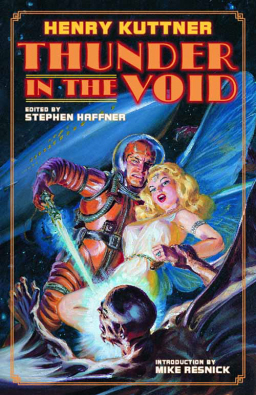 We’ve received some great entries in our Thunder in the Void giveaway, which we announced last week. Here are some that came in today:
We’ve received some great entries in our Thunder in the Void giveaway, which we announced last week. Here are some that came in today:
- Midnight in the Robot Graveyard
- The Cult of the Broken Sun
- Message from the Haunted Asteroid
Doesn’t that sound like fun? You could be part of it — all you have to do is submit the title of an imaginary Space Opera story.
What’s at stake is the latest archival quality hardcover from Haffner Press, Thunder in the Void, a massive collection of 16 Space Opera tales by Henry Kuttner. The most compelling title — as selected by a crack team of Black Gate judges, renowned experts in quality pulp fiction all — will receive a free copy, complements of Haffner Press and Black Gate magazine.
Thunder in the Void gathers classic pulp fiction from Planet Stories, Weird Tales, Super Science Stories, and even rarer sources, including “War-Gods of the Void,” “Raider of the Spaceways,” “We Guard the Black Planet,” “Crypt-City of the Deathless Ones,” and the previously unpublished “The Interplanetary Limited.” Most appear here in book form for the first time.
One submission per person, please. Submissions must be received by May 31st, 2012. Winner will be contacted by e-mail, so use a real e-mail address maybe. All submissions must be sent to john@blackgate.com, with the subject line Thunder in the Void, or something obvious like that so I don’t randomly delete it.
All entries become the property of New Epoch Press. No purchase necessary. Must be 12 or older. Decisions of the judges (capricious as they may be) are final. Employees of New Epoch Press are ineligible to enter. Not valid where prohibited by law. Or anywhere postage for a hefty hardcover is more than, like, 10 bucks. Seriously, this book is heavy and we’re on a budget.
Thunder in the Void is 612 pages in high-quality hardcover format, with an introduction by Mike Resnick and a cover price of $40. Cover art is by Norman Saunders. It is available directly from Haffner Press.
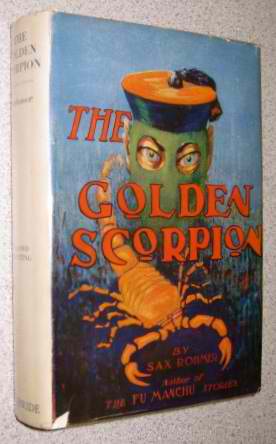
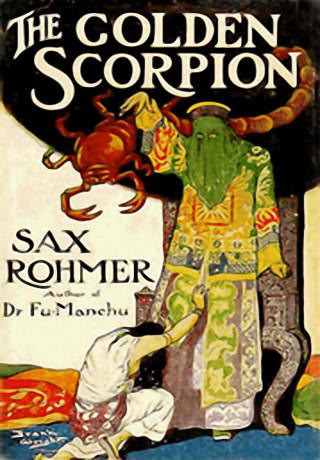
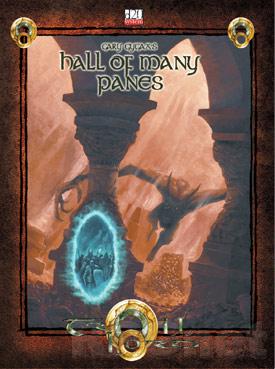
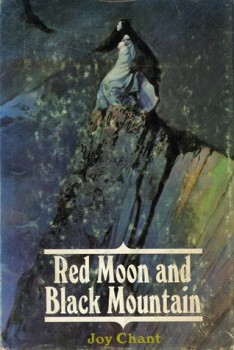 Red Moon and Black Mountain
Red Moon and Black Mountain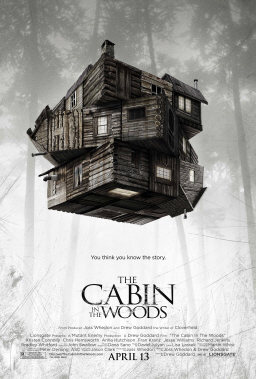

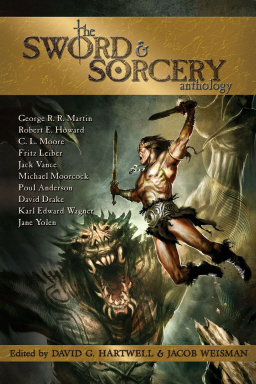
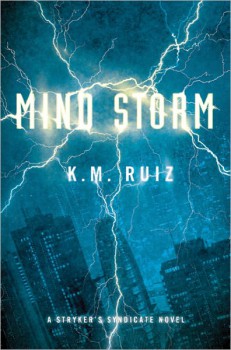 Mind Storm
Mind Storm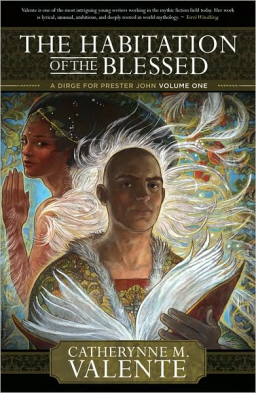
 Westlake Soul is twenty-three, a good-natured surfing champion with a loving family, loving girlfriend, and loving dog. Then a terrible fall leaves him in a vegetative state, unresponsive to the outside world — but, locked in his own mind, he’s a superintelligent superhero, astrally projecting to the moon and battling the mysterious villain named Doctor Quietus. Westlake can’t affect the outside world; can’t even twitch a finger, can only sit and be cared for by his mother and father and little sister, and the nurses they hire. But he can see what goes on around him, and react, if only internally.
Westlake Soul is twenty-three, a good-natured surfing champion with a loving family, loving girlfriend, and loving dog. Then a terrible fall leaves him in a vegetative state, unresponsive to the outside world — but, locked in his own mind, he’s a superintelligent superhero, astrally projecting to the moon and battling the mysterious villain named Doctor Quietus. Westlake can’t affect the outside world; can’t even twitch a finger, can only sit and be cared for by his mother and father and little sister, and the nurses they hire. But he can see what goes on around him, and react, if only internally.